- Home
- Blogs
The Vibe Journal: Finance Blogs
From tax-saving tips, ways to manage your loan to personal finance — this is the ultimate finance blog for all your queries.

From tax-saving tips, ways to manage your loan to personal finance — this is the ultimate finance blog for all your queries.

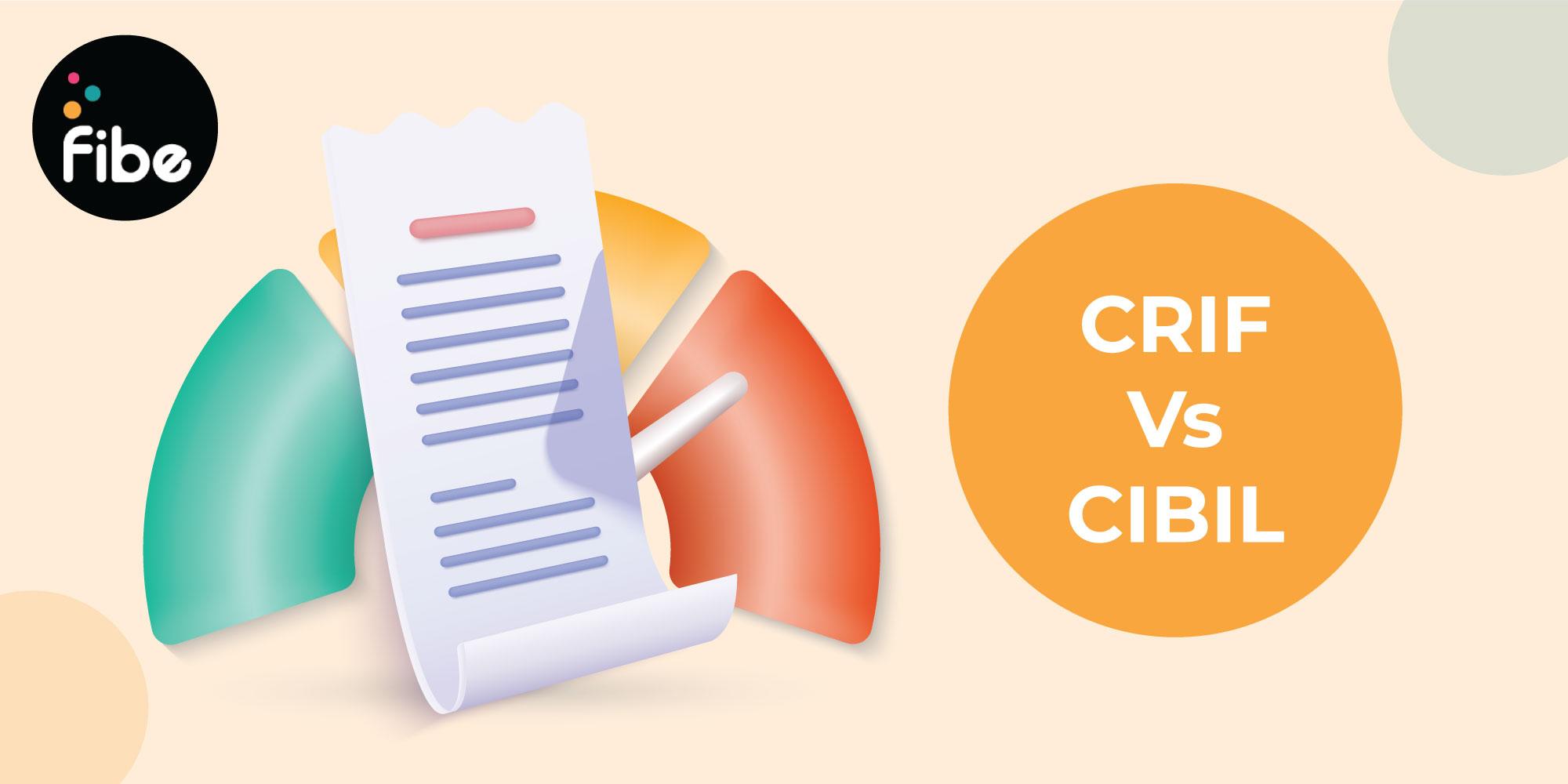
Understanding the features of CRIF vs CIBIL is essential if you are planning to get a loan. CRIF and CIBIL are both credit bureaus that generate your credit report, which includes your credit score and other factors related to your creditworthiness. Whenever you apply for credit, lenders check these reports and scores to assess the …
Continue reading “CRIF VS. CIBIL: Key Points of Differences to Know”

Your CRIF credit report is an important document that lenders check when you apply for credit. It is generated by one of India’s four main credit bureaus, CRIF High Mark. The report contains your CRIF credit score and insights about your borrowing behaviour, which lenders use to assess your creditworthiness. Based on it, the lenders …
Continue reading “CRIF Credit Score and Report: Important points to Know”

Knowing the charges for credit card cash withdrawal is a must before you use this facility. Cash withdrawal via a credit card can be an ideal way to access funds when you are in need, but it comes at a cost applicable from the date you make the withdrawal. This charge also differs from the …
Continue reading “Know Credit Card Cash Withdrawal Important Facts”
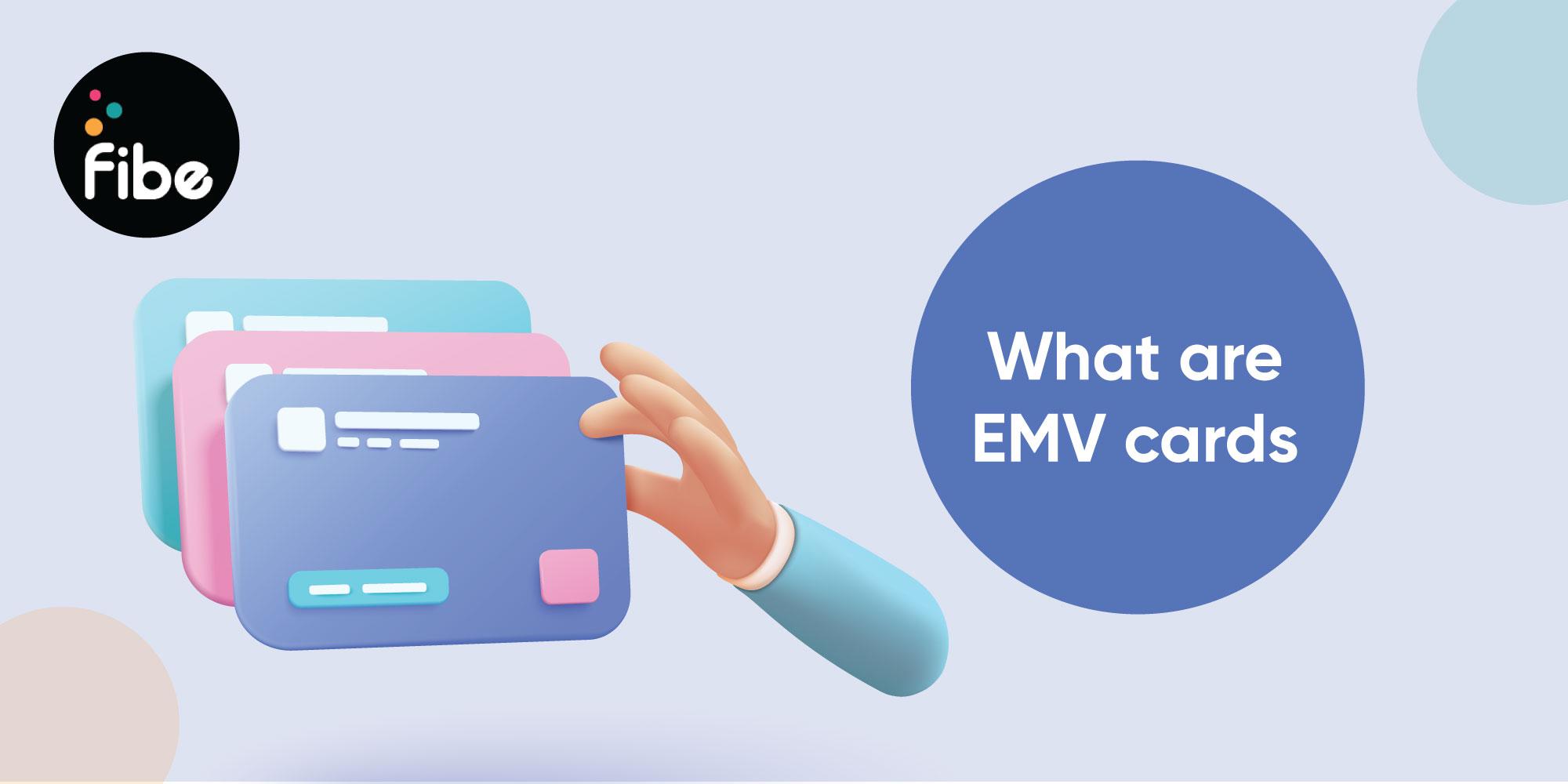
EMV cards have gradually replaced metal strip cards. A primary reason for this is that they come with stronger encryption to protect your card details during the transaction. While metal strip cards encode your details in the strip on the back of the card, these cards store your details in an EMV chip. Read on …
Continue reading “What is an EMV Card? 5 Important Aspects to Know”

Think of a credit appraisal as the immediate response to your loan application. Financial firms, be it a bank or NBFC, run this check to see if you qualify for credit, be it a loan or a credit card. This process helps them understand your repayment ability and thereby, the risk they will take on …
Continue reading “What is Credit Appraisal? Everything you Need to Know”
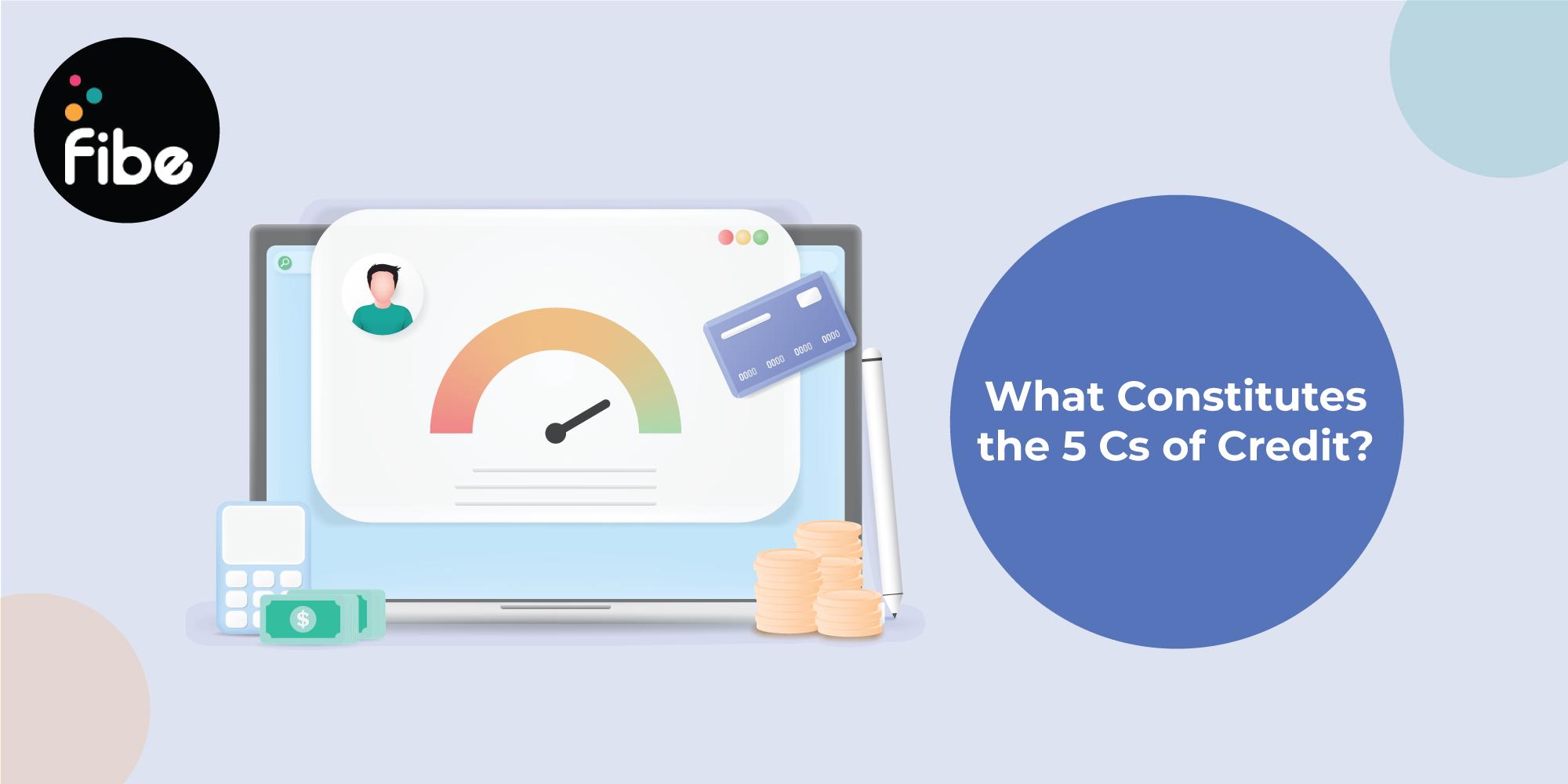
Knowing the 5Cs of credit is crucial as lenders use this as a framework to assess the creditworthiness of a borrower. These 5Cs refer to the following: With a possibility of credit risk looming over the creditor, lenders evaluate a prospective borrower’s financial standing before approving a loan. Each of the 5Cs of credit mentioned …
Continue reading “5Cs of Credit: What Do they Mean and its Importance”
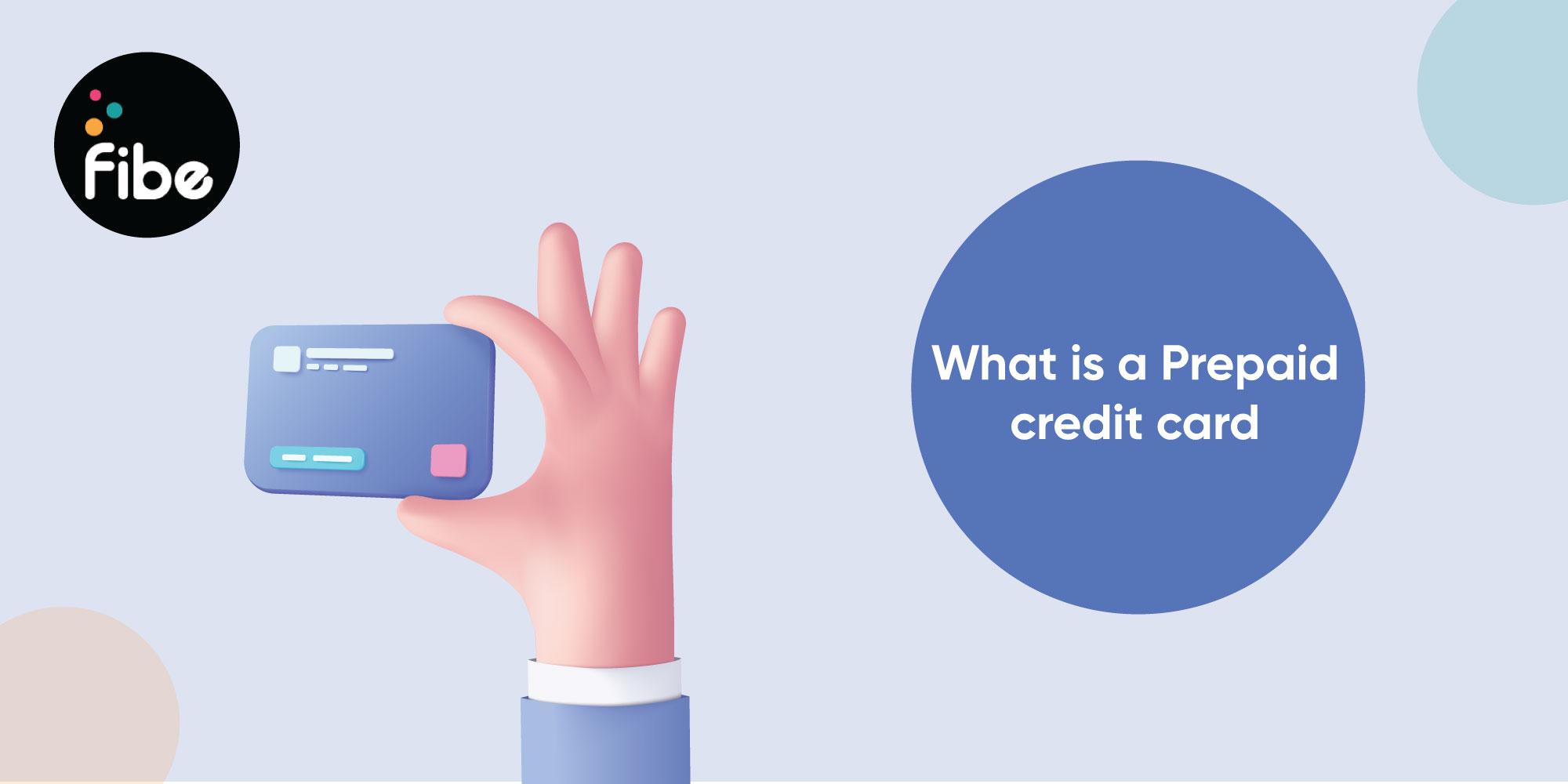
Financial institutions like banks offer prepaid credit cards to help you go cashless without being exposed to any debt. Unlike regular credit cards, prepaid cards require you to transfer funds into the card account before you can begin using them. You can then pay online or offline until your balance is exhausted. One of the …
Continue reading “Know the Benefits of Prepaid Credit Cards and How to Choose the Right One”

Virtual credit cards (VCCs) are digital copies of regular credit cards offered by issuers upon your request. These cards help protect your card details, especially when making online transactions. This is especially important in recent times due to the increase in fraud, hacking and fake websites impersonating genuine e-commerce platforms. When you generate a virtual …
Continue reading “Virtual Credit Cards: Features, Benefits, & How to Them”
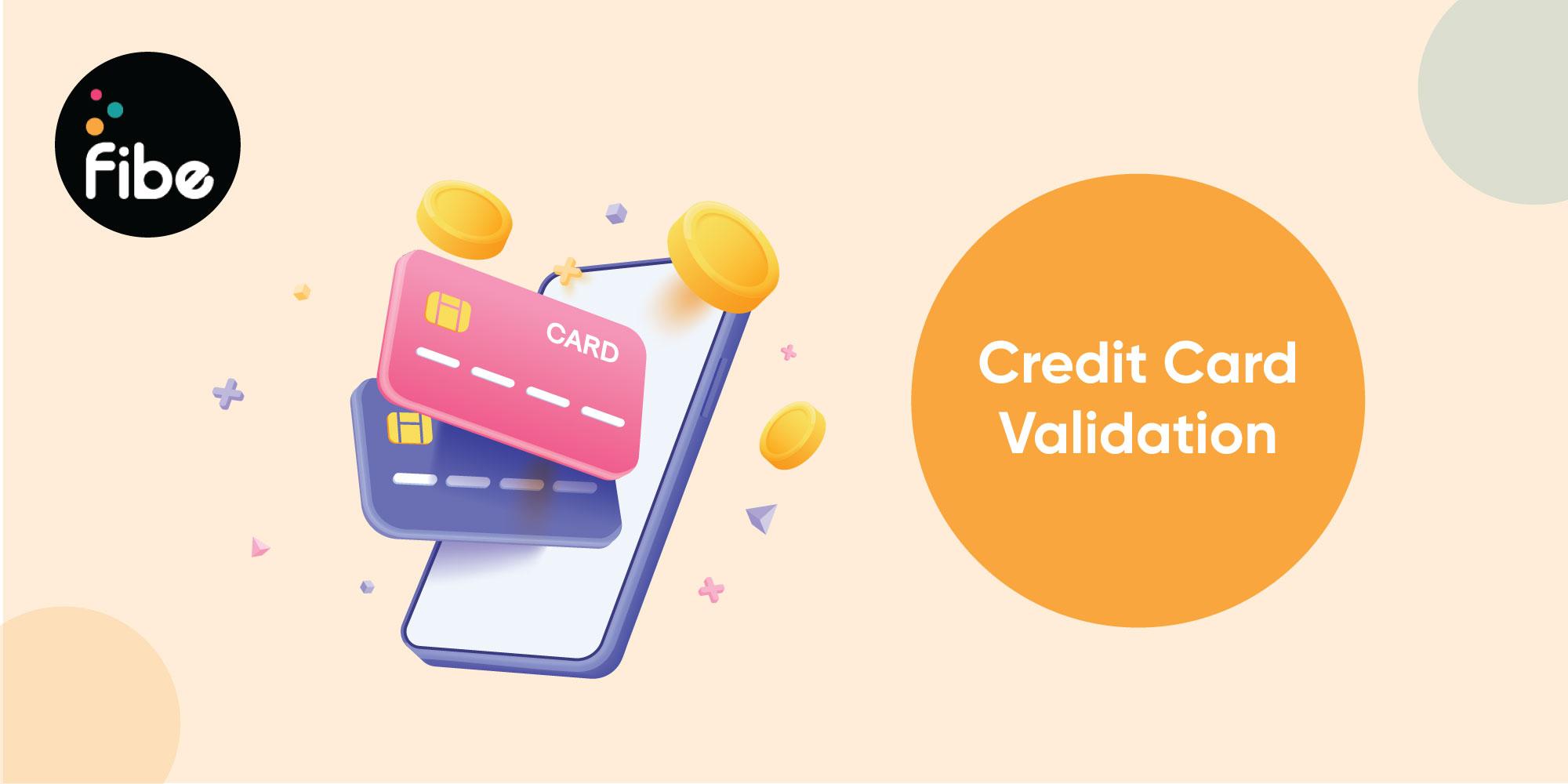
Credit cards have become increasingly popular and therefore, credit card validation has become more pertinent than ever. The validation process helps ensure the card number is valid. While the process is complex, many online credit card validators make this easier, simpler and quicker. Read on to learn how credit card validators work, their importance, benefits …
Continue reading “Credit Card Validation and Validators: What do you need to know?”
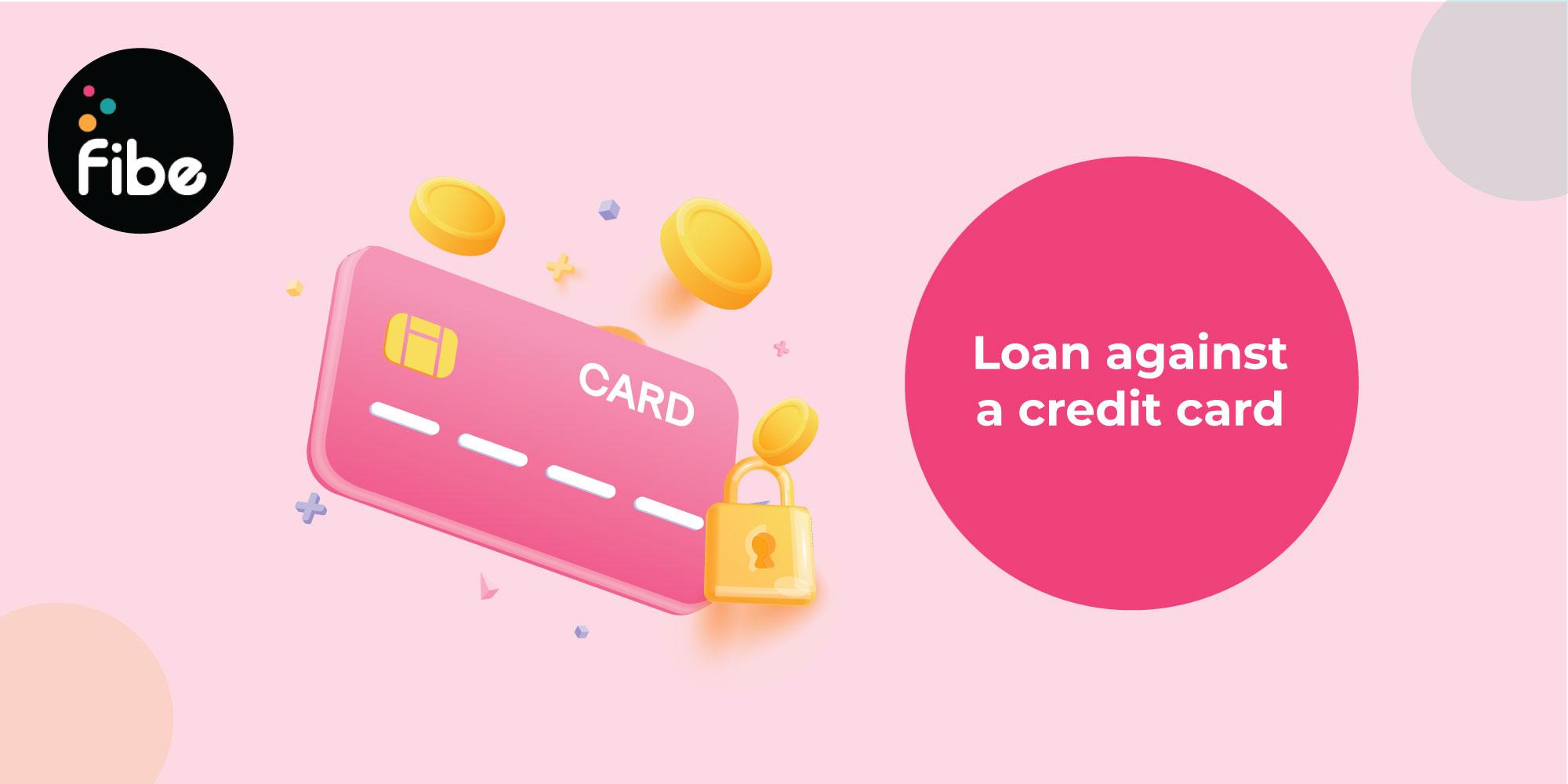
A credit card is a handy tool to fulfil your short-term goals with the help of a pre-approved credit limit. If you are in need of a higher amount to meet an emergency and need more time to repay it, you can opt for a loan on a credit card. Similar to other borrowing options, …
Continue reading “Loan on Credit Card: Now Get Instant Loan Against Credit Card”